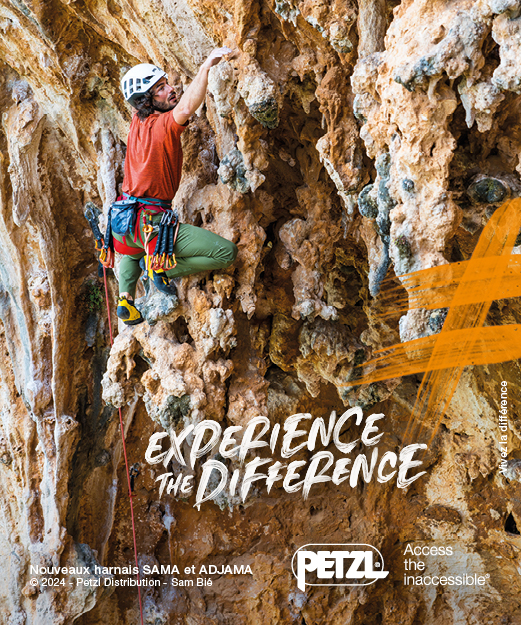Body mass center optimization in sport climbing

It seems necessary to remember that technique and style play a key role in climbing performance. Is the climber’s body mass center path a reliable indicator of climbing performance ? This key question is studied by Pierre Legreneur, teacher-researcher at the University of Lyon, in an interesting article called Body mass center optimization in sport climbing.
Body mass center optimization ? One role of trainers is to plan the training of athletes and orient their teaching toward a balance between the constraints of the sport and the qualities of the individuals. For this purpose, they need objective indicators of performance that are practical to use during training sessions and competitions.
For maximal performance in sport climbing, whether on real rock or in competition, the first criterion should be the performance achievement itself, whether that is a successful redpoint or the highest step on the podium. However, this criterion of success, even if it is ultimately the goal of any training plan, is hardly meaningful for the development of the factors of performance.
Body mass and balance
Climbing consists of displacing the body’s center of mass (BMC) from the bottom of the route to a higher point which may be at the top of a cliff or natural boulder or a maximum height in competition. This BMC trajectory is the consequence of the body segments’ displacements over time, which Pierre Legreneur calls the gesticulation of the climber.
Consider the importance of the head-neck-trunk system whose mass is about 58% of the whole mass of the climber (Winter, 2009). The gesticulation itself responds to a need for balance between the characteristics of the support (e.g. the wall), whether natural or artificial, and the motor skills of the climber.
Body mass center trajectories
In other words, the climber has to realize a [more or less] long temporal sequence of motor actions that responds to musculoskeletal coordination’s which are influenced by the following constraints: the nature of the support, the inclination of the support, the quality of the holds, and the spatial distribution of these holds. However, within these constraints, there is potentially an infinite number of body mass center trajectories.
In addition, each trajectory corresponds to an infinite number of possible inter-articular coordination’s. Bernstein (1970) called this indetermination problem the degrees of freedom redundancy. The art of the coach will be to solve this complex problem and to facilitate the climber’s ideal trajectory and optimal postures through teaching situations and appropriate instructions. This interaction will help the climber to achieve maximum performance.
Read the complete article








